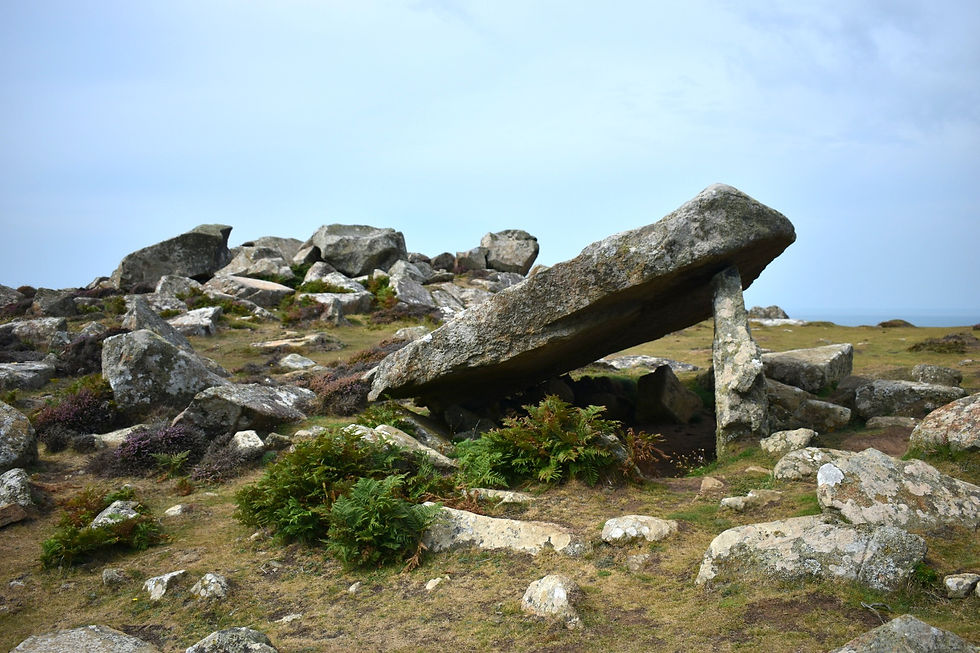Mosaic Map
- Isobel Akerman

- Oct 25, 2020
- 2 min read
| Ancient * York |

In the quiet part of York’s Museum Gardens is a map. Designed by artist Janette Ireland in 2015, this walk-on mosaic depicts Yorkshire’s colourful geological history. Almost every pebble has been sourced locally – the semi-precious stones and small black coal squares from York's lead, alum, and coal mines, the mini Minster from the discarded stone of the real cathedral - and the oldest rock in the mosaic is almost 360 million years old.
But this design is actually a section of a much older map – one created over two hundred years ago during the industrial revolution by William Smith, an intelligent and obsessive surveyor-turned-scientist. Smith's map was a geological illustration of the entire country: the first of its kind, and a new way of seeing the world.
The industrial revolution was a time in British history where underground exploitation of coal and minerals fuelled huge changes in population, production, and everyday life. The vast amount of money that could be made from these new industries of energy meant that there was an increasing interest in what exactly could be found underground, and where.
William Smith, the orphaned son of a blacksmith who spent his childhood on his uncle’s farm collecting rocks, became a coal-mine surveyor when he was only 18. He used his time in the mines to learn about the layers of rock which made up England’s geology, and found that within particular layers of rock were particular types of fossils, and these particular type of fossils were often found in different locations around the country - linking geographically separate areas together, just by the ancient stones they shared.
Smith decided to take his learnings and create a geological map of the nation – the very first of its kind. He used the vivd and colourful methods of agricultural maps to depict the 23 layers of rock that are found across England, Southern Soctland and Wales, allowing him to date each strata and understand more about the landscape of the country. The map was probably created with the general purpose of improving England’s mining techniques, but it has also underpinned a huge amount of our current scientific knowledge.
The layers depicted in the map eventually helped Smith’s nephew define and name the major geological timescales that are still used today: Paleozoic (ancient life), Mesozoic (middle life), and Cenozoic (new life). And, closer to home, the map also shaped scientific methods for exploring extinction, climate change, continental drifts and natural selection.
Smith’s work began because of the industrial fortunes that could be made using the ancient rocks beneath our feet, but his geological map has helped highlight the environmental issues that the pressures of the industrial revolution brought with it. The Mosaic Map in York’s Museum Gardens is a testament to the importance of Smith’s research, and especially his geological illustration of the nation, often called “the map that changed the world”.

Museum Gardens, Museum St, York YO1 7FR




Comments